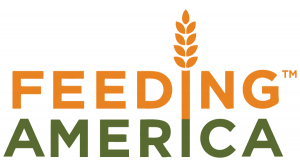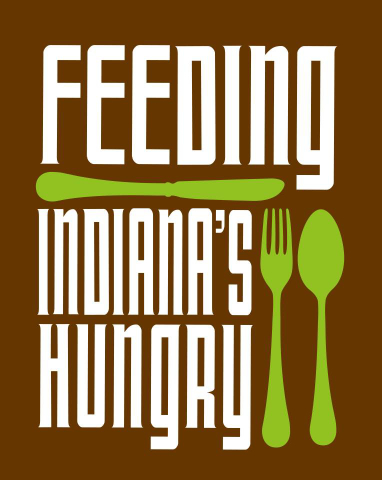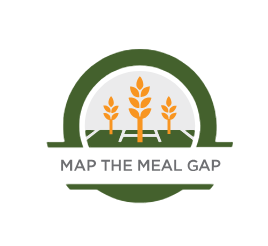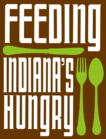Feeding America Map the Meal Gap 2024
As it has every year, Map the Meal Gap shows that 100% of counties and congressional districts are home to
people facing hunger (see Figure 2). On average, food insecurity is approximately 13% across all counties and
districts, consistent with the 13.5% of all individuals in food-insecure households as of 2022 reported by the USDA.
Yet, levels of food insecurity vary by population and place.
Nationally, the percentage of the overall population estimated to be food insecure ranges from a low of 6% in Renville County, North Dakota, to 29% in Oglala Lakota County, South Dakota. These variations reflect differences in factors such as unemployment and poverty and often reflect systems and policies that prevent certain households and communities from accessing the food they need.
Child food insecurity also exists in every community, and rates reach nearly 50% in some counties (see Figure 3). While the USDA reports that 18.5% (1 in 5) of children in the U.S. may experience food insecurity,
estimated rates reach as high as 48% (1 in 2) in East Carroll Parish, Louisiana. Food insecurity is also estimated to
be more prevalent among children than it is among the total population in every state and in more than 9 out of 10
counties (2,988 out of 3,144).
Key Take Aways





